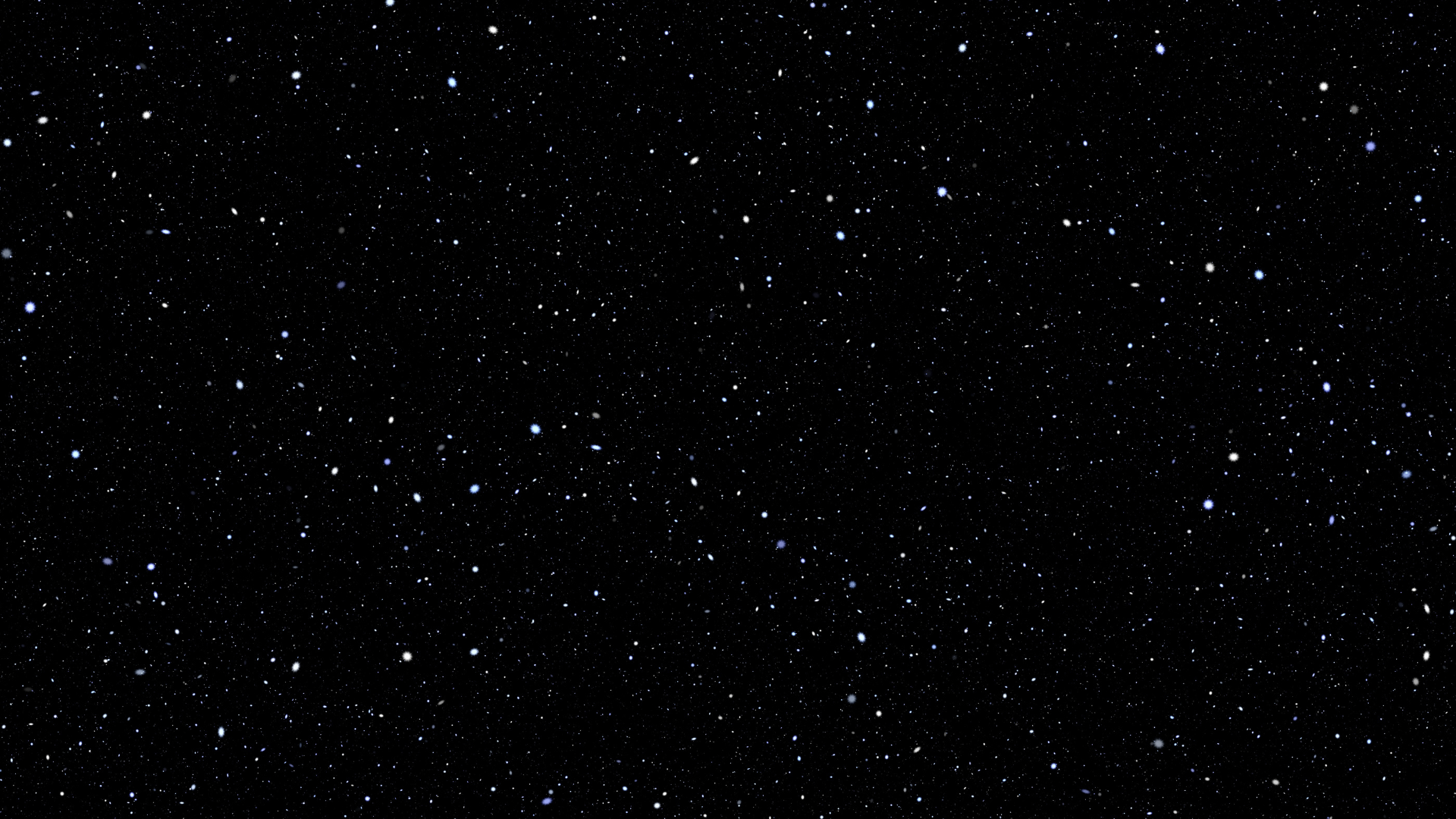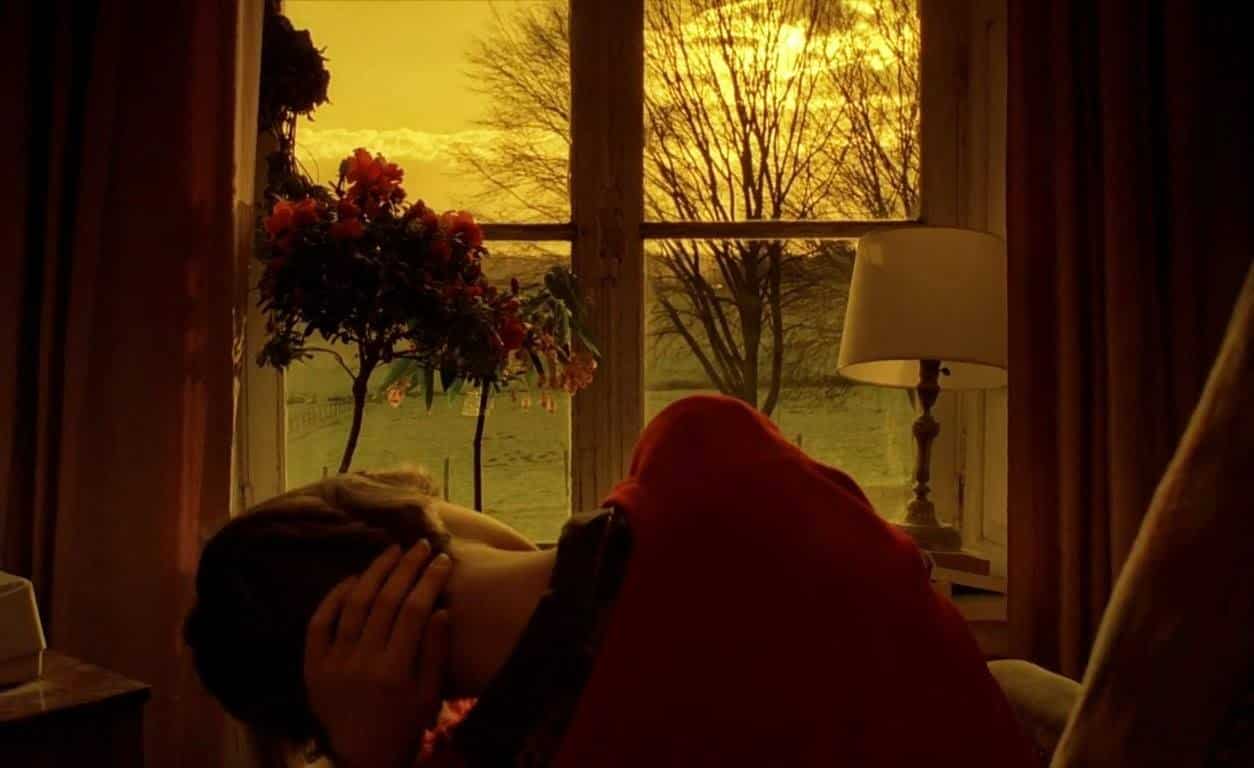Engaging with psychoanalytic concepts such as the uncanny doubling and repetition, The Double Life of Véronique (1991), dir. by Krzysztof Kieslowski, approaches the connection between two women, Weronika and Véronique, whose lives mirror each other, being connected through faith, music, situations, objects, disease, and their similar relationships with their families.
The uncanny lies in the concept of an eerie repetition of events and the phenomenon of doubling, which is approached both through the elusive, uncanny presence of Weronika in Véronique’s life and through Alexandre’s marionettes, that double and haunt Véronique, symbolising the regressive drive towards an inorganic, inanimate state whilst being used in the exploration of the complex emotions of being duplicated.
After Véronique connects with Alexandre – the puppeteer, his clues evoke the uncanny presence of Weronika, exposing Véronique to her double. With his help, she also finds the photograph she took of Weronika – which represents a key, cathartic moment allowing her to be more understanding of her own elusive feelings of the uncanny and of loss due to her ineffable (soul) connection with Weronika. Véronique experiences a figurative rebirth, similar to the butterfly story that Alexandre creates.
The film is referred to by the director as a representation of “the luminous, the numinous and the ominous”. Moving away from the psychoanalytic framework, the film approaches the spiritual themes of transcendence, pure intuition, and the existence of the soul.
Krzysztof Kieślowski about the beautiful impact of the film:
“At a meeting just outside Paris, a 15-year-old girl came up to me and said that she’d been to see [The Double Life of] Véronique. She’d gone once, twice, three times and only wanted to say one thing really – that she realised that there is such a thing as a soul. She hadn’t known before, but now she knew that the soul does exist. There’s something very beautiful in that. It was worth making Véronique for that girl.”

